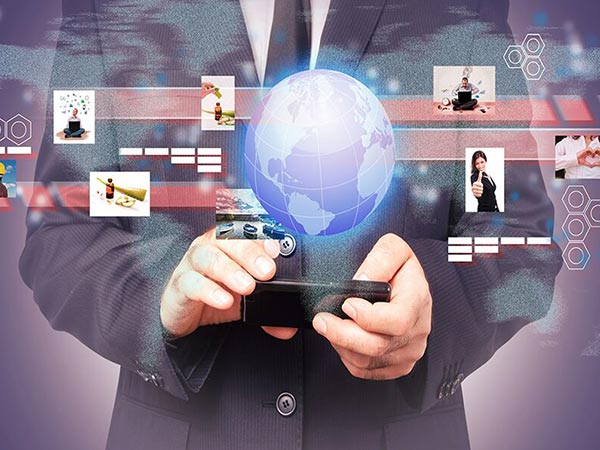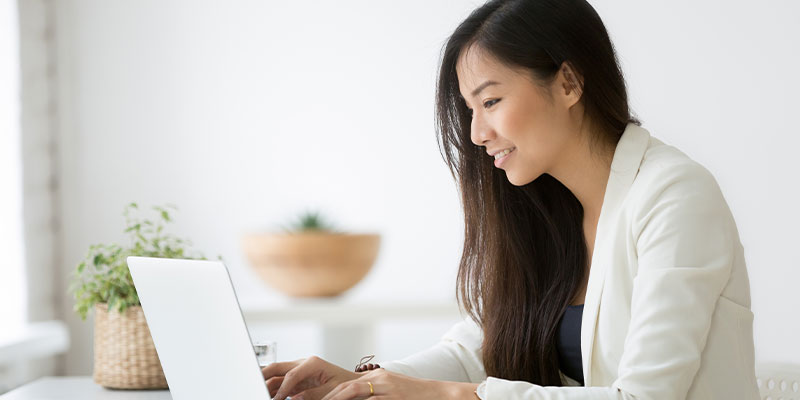Lifestyle Scheduling: What’s the BIG deal? Everyone wins!
Lifestyle Scheduling: What’s the BIG deal? Everyone wins!

“Big brother” in George Orwell’s novel, Nineteen Eighty-Four, still comes to mind to some as soon as they hear the words, “workforce management” (WFM). True, one can’t deny that WFM isn’t a control mechanism of sorts but control isn’t necessarily evil. The control that automated WFM provides is actually like a radar system in an air-control tower, giving a panoramic view of what is happening. You must know what is going on in your call center – all the time, in real time. How else could you be expected to act or react swiftly and appropriately when necessary?
Poor match-up and more time & money
Still today, a number of contact centers rely on inflexible, one-dimensional tools for their WFM needs. Microsoft Excel is often still used, despite its obvious shortcomings, lack of automation, flexibility and sophistication for effective agent staffing. Juggling the schedules of fifty or more employees and trying to match these up with roughly calculated contact-center workloads, using Excel sheets or other unwieldy tools, is no piece of cake – and impossible when needing to fill vacancies at a moment’s notice. Narrowly focused solutions can’t take into account all the variables that optimize matching the agent workforce to the organization’s needs. The result, unnecessary manual workarounds take up unnecessary time and money.
Respond to what matters most to Millennials
Your WFM solution must not only optimally match agent scheduling with accurately forecasted contact volumes, but at the same time, respect what matters most to agents. Why? Consider the following. Millennials are fast making up the majority of today’s workforce. They’re a generation more apt to “work to live,” not “live to work.” They’re typically more interested in their time away from work and want work scheduled around their lifestyle – not the other way around.
That the work of an agent is often monotonous and the agent under-estimated and under-appreciated, despite management’s best intentions, is nothing new. Again and again, research shows (e.g. Gallup’s 2016 The Worldwide Employee Engagement Crisis report) that the more influence employees have over their work situation, the higher their level of work satisfaction. By the same token, the less say, the greater the level of work dissatisfaction and a major contributing factor to staff burnout.
Agents are the organization’s front line, wielding great influence when it comes to impacting customer loyalty. Besides being the voice, the face, the heartbeat as well as the eyes and the ears of your organization, they’re the ones most in touch with your customers. They’re the ones that deserve more respect.
Where lifestyle scheduling comes into the picture
Do you want to lower agent absenteeism, attrition and turnover? Do you want to save on recruitment, hiring, training and onboarding costs? Millennials not only appreciate but expect work-schedule flexibility. They want to be heard and accommodated when it comes to choosing workdays, times and shifts that make the most sense to them and their lifestyle. If, for instance, an agent requests evening shifts for the following month because their partner is also working evenings that month, the system should be able to accommodate this – quickly and easily. Keep your agents happy and you will keep them. As such, with Lifestyle Scheduling, you’re killing two birds with one stone.
What to look for in a WFM lifestyle scheduling package
A multi-dimensional, flexible and adaptable WFM solution is key to accurately finding and maintaining a balance between satisfied agents and customers. A powerful WFM solution has the ability to hone in on and create optimal workforce scheduling, thus dramatically enhancing a contact center’s operations and its ability to serve the needs of the customers in the best way possible.
Select “Ease of Use”- above all
“Ease of use” should be at the top of the list. Too many expensive WFM solutions are purchased, only to be used in part because the overall system is just too complex or cumbersome. The system should quickly and easily learn about the center’s scheduling and workload and then start performing right off the bat.
Schedule skillfully
The scheduling system should include desired service levels and data from forecasting so planners can accurately schedule in line with business goals. Efficient, flexible WFM scheduling translates into agents often improving in performance by neither feeling over-worked nor under-used. Furthermore, a close link between staff and scheduling modules allows the system to be knowledgeable about agents and their skills in order to assign the right agent with the right skill to the right task.
Resource planners, intraday managers and team leaders should be able to find, group and adapt agent schedules, even on the day itself. This allows effectively reacting to any change of events in the contact center’s workflow. The system should also help foster better feelings between agents and management through faster response times to last-minute agent absence requests, schedule changes, time-off requests, etc.
Make better decisions with critical performance data at everyone’s fingertips – in real time
Scheduling dashboards and adherence reports are essential and should be easily and automatically generated. But, just as team leaders need critical performance data at their fingertips so they can re-act quickly when issues become apparent, agents also need to able to see their KPIs, such as adherence and call handle time. A rapidly implemented and easy-to-use agent self-service portal helps increase agent empowerment and performance. This also represents ongoing feedback continually – so necessary, yet, due to time constraints, often not provided.
Take agent preferences fully into account
Paralleling and aiding the scheduling process, the solution should also fully take agent preferences into account: e.g. preferred days, shifts, start times, vacation time, shift swapping and overtime, and optimize the balance between contractual obligations, forecasted call volume and agent preferences. Look for a truly agent-oriented (and controlled) Lifestyle add-on module. We at Calabrio believe that when it comes to managing agents, managing with a ‘human touch’ is best.
Maximize efficiency, satisfaction and profitability
Your choice of WFM Lifestyle scheduling should save enormously on administrative time and improve both internal and external efficiency, along with customer call quality. It should make all the difference in the world when it comes to positively impacting agent satisfaction and performance. Why? Because happy agents are inextricably linked to happy customers, who, in turn, are directly tied to profitability.
To summarize, your contact center must be expertly optimized in order to help ensure bottom-line business performance. Its workforce serves as the voice of the company and face to the customer. By going digital and implementing WFM Lifestyle scheduling, everyone and everything benefits: customers, employees, managers and the organization as a whole. Most importantly, keep your staff happy so as to keep them in the first place!








